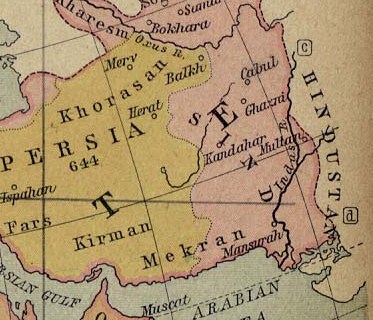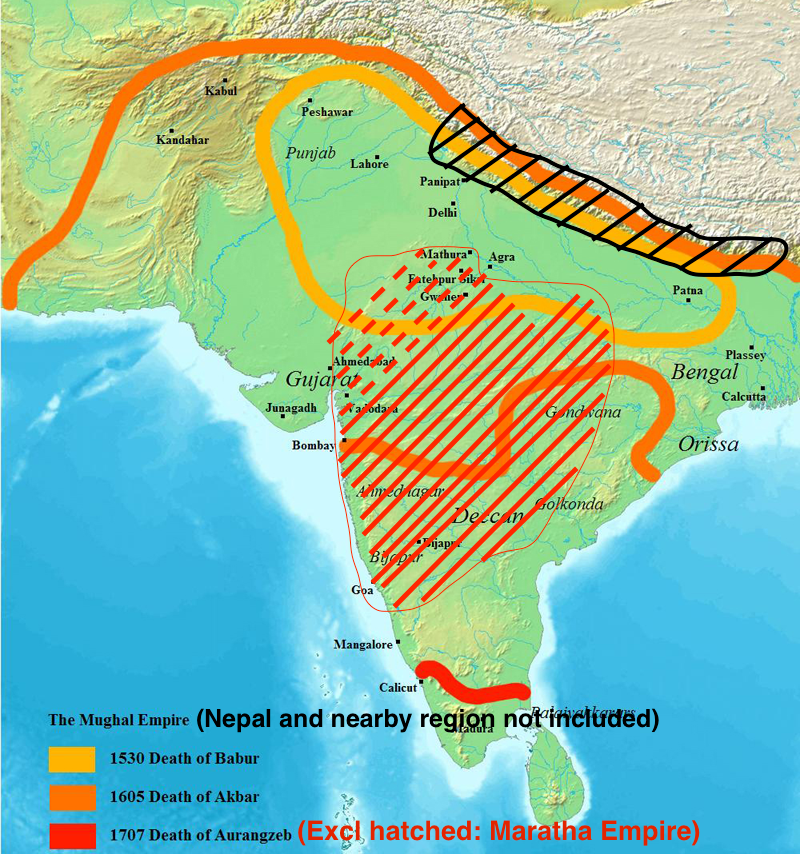The End of Mehrgarh and the Maturing of Harappan (2800 BC to 1800 BC)
A map of the Indus Valley Civilization from 2800 BC to 1800 BC.
2800 BC, the Seated Harp Player is constructed from stone, the Second Dynasty Wars ravage in Egypt, the 365-day calendar is brought to Egypt, the start of the Old Kingdom of Egypt, the legend of the invention of tea by Shennong begins in China, the extinction of the Cucuteni-Trypillian culture in modern-day Romania, Moldavia, and Ukraine, the end of the Early Dynastic I period and the beginning of the Early Dynastic II Period in Mesopotamia, the advancing of the Indus Valley Civilization, and the decline of Mehrgarh.
From 2800 BC to 2600 BC nothing much happened in either Mehrgarh or the Indus Valley Civilization to the extent that the modern excavations of their cities and settlements tell us. At 2600 BC the Mehrgarh settlement started to go into a decline, the population fleeing to the nearby fortified city of Nausharo, apart of the Indus Valley Civilization, only eight kilometers away from Mehrgarh (which would've been a long walk as they did not have horses or anything of that such). Those that did remain until the fall of the settlement at 2300 BC (although it is still debated it ended anywhere from 2600 BC to 2300 BC although 2300 BC is the most likely) continued to create pottery which declined in quality due to mass production and popularity due to the rise of bronze and copper vessels and the decline of clay vessels.
Pottery from Mehrgarh at 2600 BC.
The last sign of this civilization was at the Sibri cemetery eight kilometers away from Mehrgarh.
Meanwhile, at the Indus Valley Civilization they were experiencing many, many evolution in technology. They were the very first urban centers in the Sindh area, shown to have knowledge in urban planning and a government that put a high priority on hygiene and access to religious rituals. Along with that they were also advanced in the construction of these urban centers, creating sanitation systems (a.k.a. sewers) that were the first in the world, wells to obtain water with waste water being directed by covered drains along major streets. The houses evolved to support this new sanitation system, opening up only to smaller streets and inner courtyards. Their sanitary system was so advanced that it outmatched those found in the Middle East and, amazingly,
even more efficient than some of the systems found in modern Pakistan and India. The sewage systems were not the only advanced part but also their architecture. Evidence of that is seen by their construction of impressive shipyards, granaries, warehouses, brick platforms, and massive, protective walls designed to protect against both floods and hostile military engagements. Their most massive structures were the citadels although their purpose is not yet known, having no connection to religion or the government itself. However, since they were protected by massive walls they have been suggested to be built to divert the flood waters or as a military fortification. The weird thing is that, unlike most if not every other civilization at that time, there is absolutely no evidence of temples having been made for religion or not even to a King, Queen, or Royal blood. This leads me to believe that Church and State were separate and that they were ruled by a more democratic government than a monarchy. Their largest structure that they did built was the 'Great Bath', a enormous public bath (although its official purpose is not yet known, all that is known is that it is indeed a bath). Although some houses were larger than others most were the similar if not the same size leading to the conclusion that the society is very egalitarianism which will be further discussed later. Back to sanitation, nearly almost every house had a flush toilet, not just a toilet, but a toilet that flushes attached to the sanitation system. Finally, over time the cities continue to get more dense and dense as the population grew.
The population around this time rose to be mainly traders and artisans. Living spaces seemed to have been filled with people of the same occupation rather than family unlike today arranged in well-defined neighborhoods. The traders brought materials home to construct the cities, beads, seals, and other objects made by laborers and artisans. Several types of merchandise could be found in the ruins of the cities including glazed faience beads, steatite seals with images of animals, people, among other things including the still un-deciphered Indus Valley Civilization language. The use of seals within the civilization have only been proven to be as stamps for trade goods although other uses are probable. Personal adornments were another good that was made in the region. Other trade that was more offland than inland was the pottery, seals, figurines, ornaments, and other items documenting, similar, and traded from Central Asia and the Iranian plateau.
How did they achieve this trade? With advanced technologies. This includes the wheeled carriages, one of the first in the world and debated to be the first in the world. This came in the form of Bullock carts of which allowed trade to extending to Afghanistan, coastal Persia, North and Western India, and Mesopotamia due to the presence of Indus artifacts in those region. They didn't just invest in land trade but also maritime trade, using small flat-bottom boats driven by either sail or oar similar to the ones still seen in the region today. This allowed trade to extend to Persia, Mesopotamia, Crete, and even (debated) Egypt. This only became possible to trade with Crete and Mesopotamia via boat as the flat-bottoms evolved to plank-built craft with a single mast supporting cloth of woven rushes. To help the coastal trade several coastal Indus settlements evolved on the coastline, becoming trading post for the merchants coming both from and too. Harbors were also found in shallow rivers capable of supporting most craft and even large canals such as Lothal turned into docks.
With all of this trade, one might think they got their food from other civilizations although that is not the case. Most if not all of their food was made indigenous, similar to the farming techniques and farming crops found at Mehrgarh.
A modern-day Bullock cart.
The docks of the Indus Valley Civlization in Lothal used for trade.
The arts were another important part of this civilization was it was with most civilizations of this era. This included sculptures, bronze vessels (pottery), gold jewelry including necklaces, seals of animals, unknown animals (one seal has a image of a part bull and part zebra with a majestic horn) people, and Indus writing, and figurines in terracotta, bronze, and steatite. The most famous terracotta statues found here is also the strangest showing a dancing girl. Why is this strange? Well, this piece if anatomically correct which has never been seen until the discovery of it in the early arts. Other smaller crafts included shell working, ceramics, and steatite bead making. They also made toys, one being a die, with evidence of musical instruments by a harp-like stringed object being described on an Indus seal. Other items included toiletry and makeup, combs, the use of collyrium and a three-in-one toiletry gadget. Finally, the strangest seals ever found was of a person standing on its head and another in a 'yoga' position which has been assumed to be evidence of Hindu although it still isn't validated.
The language and writing system was the same as Mehrgarh, Harappan language and Indus script. Their religion is just as unknown as their language as, without the language, it is impossible for researchers to understand the religion. However, it has been suggested that there exists a 'Mother Goddess' and 'Father God' and there is the practice of the deification of animals and plants, the use of baths in religious practices, and is suggested to be the ancestor of Hindu due to the possible representation of a phallus and vulva.
Their technology was also advanced for their time. They had a uniform weights and measures providing great accuracy in measuring length, time, and even mass. Currently the smallest unit to have discovered and found by excavators is a ivory scale unit equalling 1.704mm which is the smallest unit ever to be in the bronze age. For weights, it varied on the size of the object (ex. we use grams for small objects and kilograms for larger) and was divided in units, each unit equalling 28 grams. However, the weights were not very uniform and tended to vary. Another place they evolved in is metallurgy, being able to produce copper, bronze, lead, and tin. Their engineering skill was also considered remarkable for their time, being able to construct magnificent docks and structures. Like Mehrgarh, they also invested in proto-dentistry which could've been brought to them after the Mehrgarh started to immigrate to the fortified town of Nausharo. Probably to prevent scamming they also had a touchstone used to test the purity of gold this artifact having been found with gold streaks along it.
Egalitarianism was another important part of this society, most if not every class being equal in their wealth. While everyone had housing and almost everyone had a working toilet, social wealth wasn't something that was fair shared along with personal items.
Finally, and the most mysterious part of this civilization, is the government. There is absolutely NO evidence of ANY form of government. However, there is evidence of complex decisions taking place along with the cities being uniform with uniform weights and measurements which can only be controlled by some form of government. As such there are several theories that have arose and are the following: there is a single state with the evidence being of the similarity in artifacts, planned settlements, standardized ratio of brick size, and the settlements being established near sources of raw materials. The next theory is that there is no single ruler but several where each city had its own ruler. The last theory is simply that there was no leader and everyone was a equal. Personally, I think there was a democratic society established over a single state due to the reasons for the 'single state theory' above and the fact that there is no evidence of church or state being connected along with no evidence of a monarchy. If I am right then Indus would be the earliest democratic society to have ever been found.
Sources used for this section:
https://en.wikipedia.org/wiki/Indus_Valley_Civilisation#Mature_Harappan - Information on the Indus from 2800 BC to 1800 BC.
https://en.wikipedia.org/wiki/Great_Bath,_Mohenjo-daro - Information on the 'Great Bath'.
https://en.wikipedia.org/wiki/Bullock_cart - Telling me what a Bullock cart is.


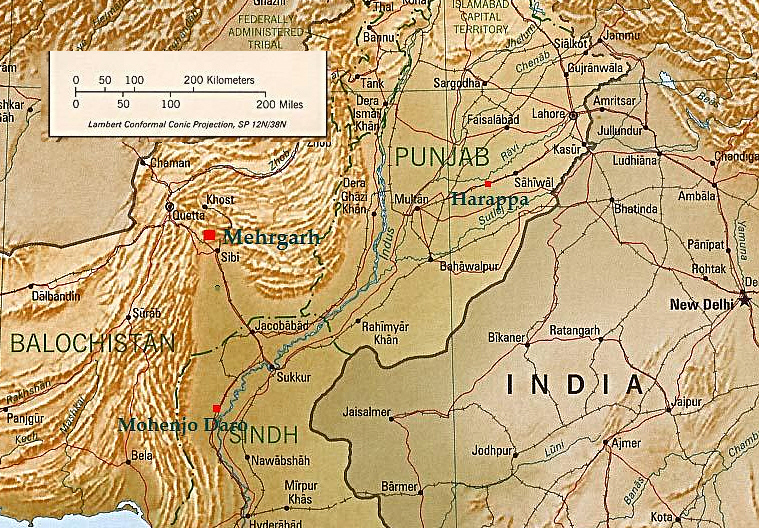


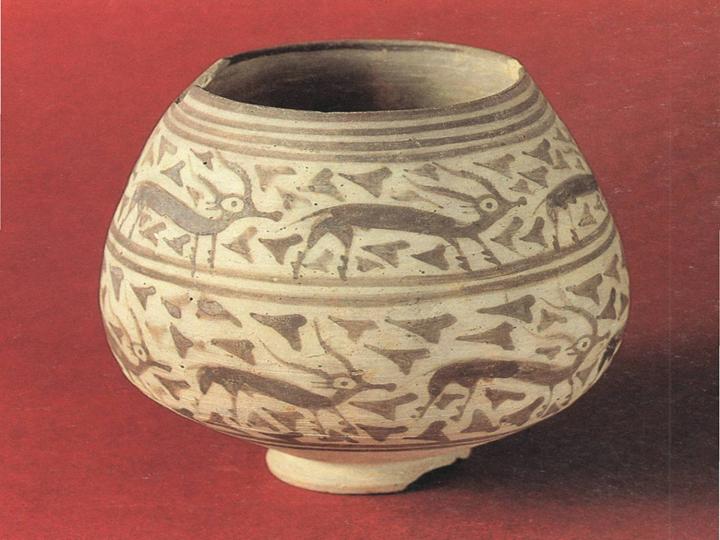
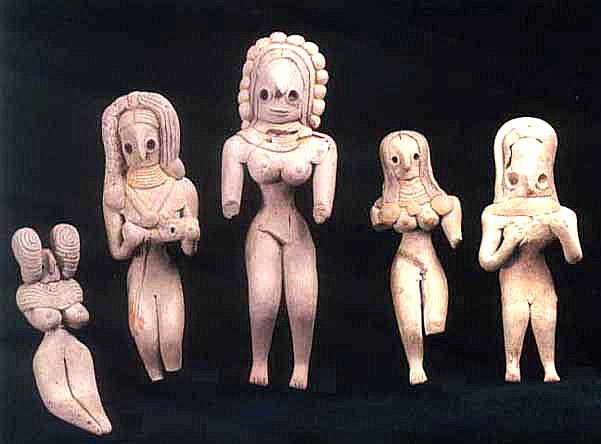
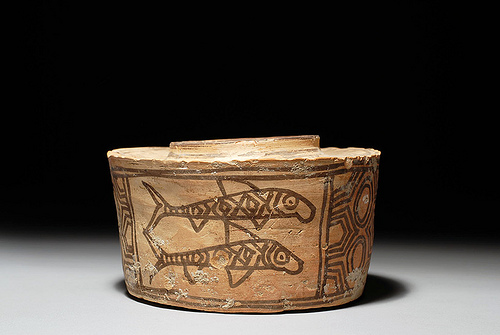
.png)
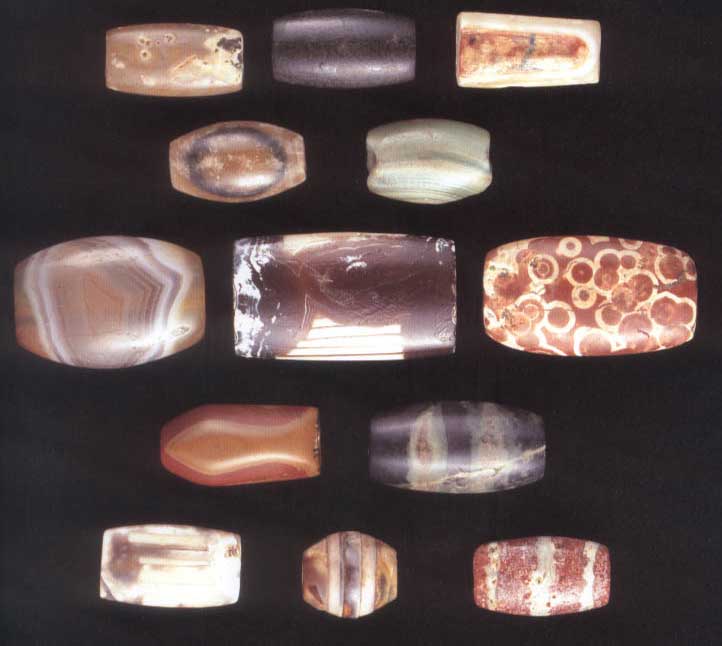
.png)



.png)





